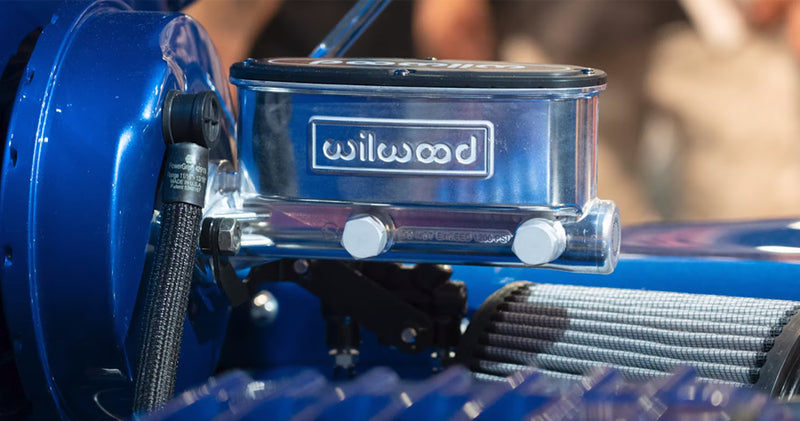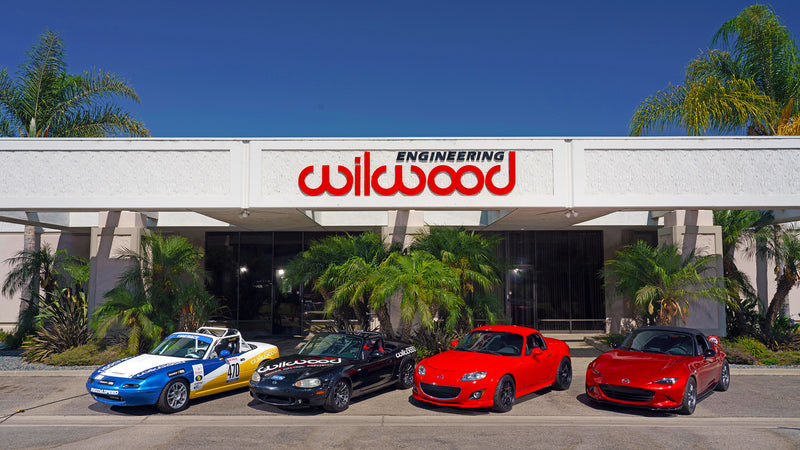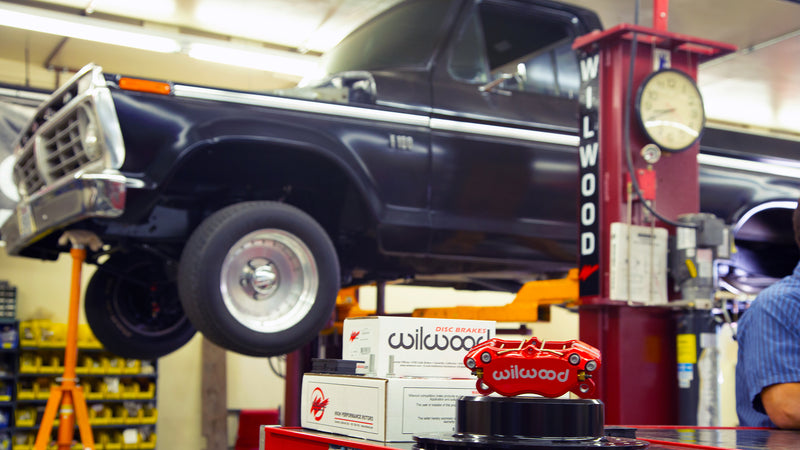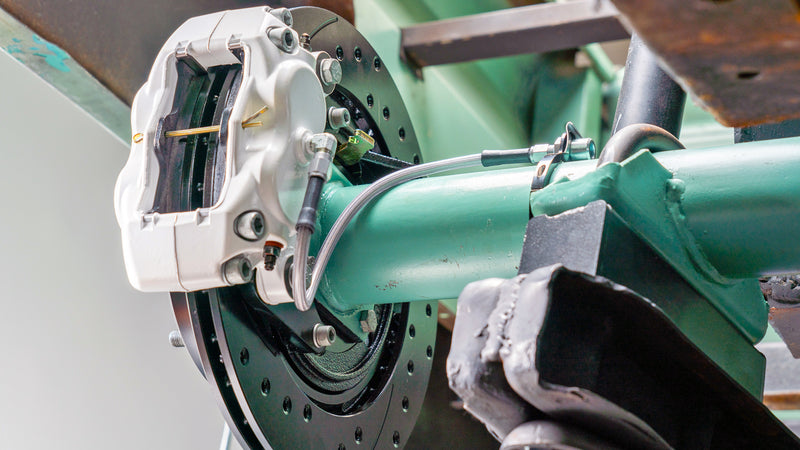
A common customer service call to the Wilwood technical support line deals with the inability to purge all the air from a tandem master cylinder. All too often we receive returns where customers swear the master cylinder is defective and can't be properly bled, only to find out on our bench inspection there is nothing wrong.
Bleeding all the air out of a new master cylinder during installation can be a tricky task, especially if you are attempting to perform this procedure while it is installed in the vehicle. The absolute best and recommended method to achieve a successful bleed is to place the master cylinder in a vice on a bench where it will remain horizontal and you have easy access to the piston. Some vehicles mount the master cylinder at an angle inside the engine bay and attempting to bleed one at an angle is futile. Air will get trapped inside the piston chambers and no matter how hard or fast you push, the air will not purge. The illustration provided here shows where the air gets trapped and if left this way will cause a very soft pedal and system failure.


Wilwood technical specialists have put together a video to illustrate how to properly bench bleed a master cylinder. The recommended procedures are to prepare the vehicle first and position the hard lines, with or without a proportioning valve, to readily accept a fully bled master cylinder from the bench. Wilwood offers bleed kits (included with many tandem master cylinder models) to assist with bench bleeding. By pushing on the piston fresh fluid enters the chamber from the bottom of the reservoir and displaces air as it gets pumped back into the reservoir. The following video shows the complete procedure. A helpful tip is to use a series of quick short pushes combined with a series of slow, long strokes.
If you have any questions after watching the video, please feel free to contact your technical support department for assistance.
When replacing or installing a new master cylinder in your vehicle, or performing routine full-bleed procedures, Wilwood has brake fluids to meet your specific application requirements, and using new fluid is always recommended.






Fred, please call our tech line and they can figure out the problem and the best way to solve it.
They can be reached at (805) 388-1188 during normal business hours.
I recently purchased a 260-1333 pull type slave cylinder from speedway. When I started bleeding it I could hear a leak. But the leak is from the threaded end of the cylinder. Or the end that doesn’t move. Upon further inspection I noticed with the threaded rod out of the hole I could actually see the piston moving. Should I plug this? Seal it? Or is this a defect? Thank you for your help.